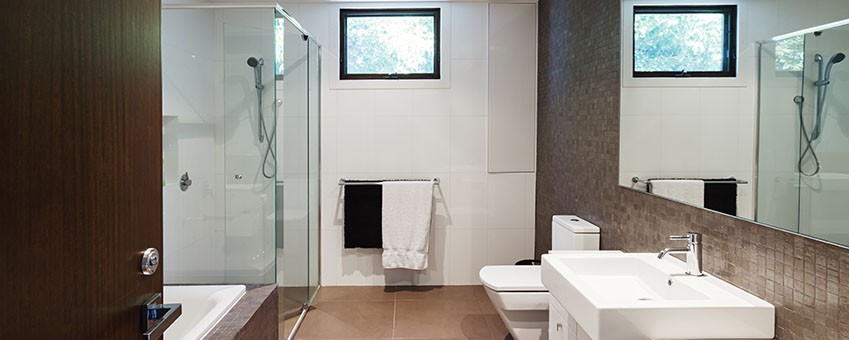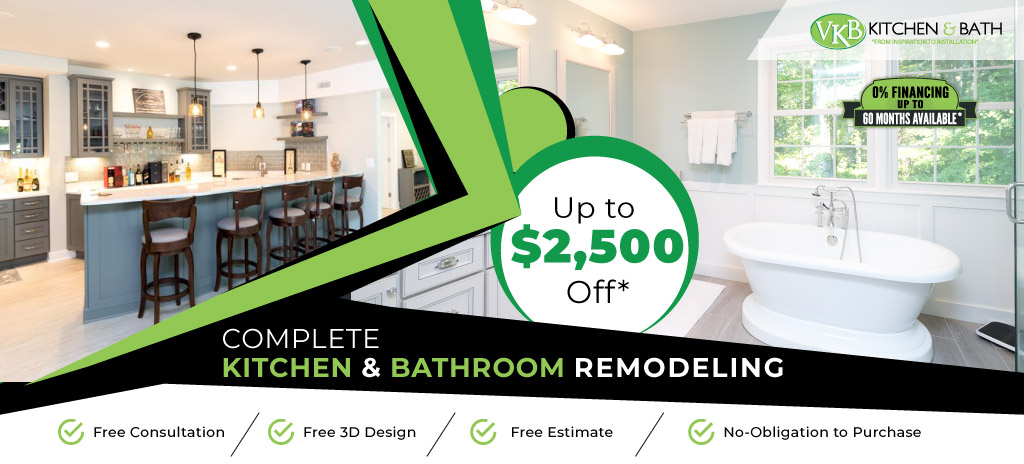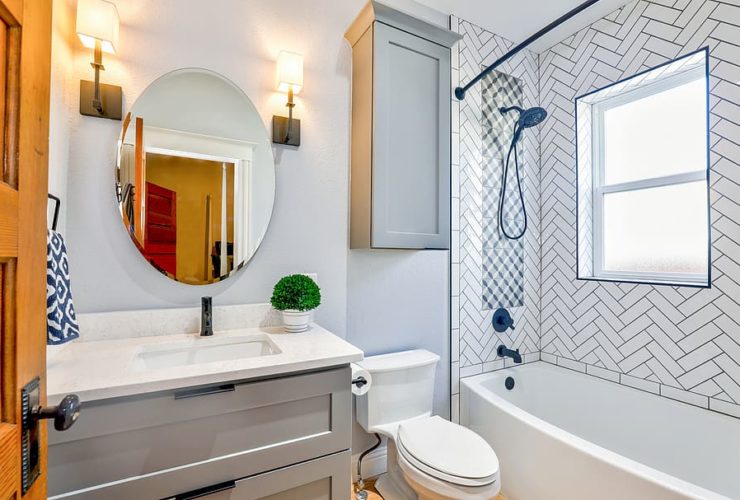Are you ready to start your bathroom remodel? If this is your first experience remodeling a bathroom or working with a design firm or contractor, pull up on the reigns for a moment. You don’t want to dive into a remodeling project, head first, without doing some due diligence. Even if you’ve been around the block before, don’t assume you already know everything.
A successful bathroom remodel takes knowledge and a team. You need to educate yourself on advancements in bathroom technologies and carefully select your design team and contractor.
Here’s a bathroom remodeling guide to help you get started so that you leave no stone unturned.
1. Set Goals
The goals you have for the space will dictate the scope of the project. If you just want to give the bathroom a fresh look, perhaps a new vanity countertop and paint on the walls will do the trick. If the bathroom doesn’t meet your needs, you may be looking for a complete remodel.
Ask yourself some questions first, such as:
- Is the bathroom out of date?
- Does the space meet my family’s needs?
- How many people use the bathroom?
- Do I plan on selling the home soon?
- What’s my budget?
Your answers to these questions will help guide the scope of the job.
2. Avoid the DIY route
For many homeowners, a DIY bathroom remodel is out of the question. Unless you’re an experienced plumber or contractor, you won’t have the skills to do the job properly. A lack of experience can lead to lots of headaches and higher project costs.
3. Get ahead of the game
Work with your team to properly plan the project and prevent costly mistakes. Some of the factors you should evaluate include:
- Costs. Have you underestimated finances at all? Will you be able to finish the project if unexpected expenses pop up?
- Limitations. Are there walls, windows or wiring in the way? Is there space in walls and floors to reposition bathroom components?
- Capacity. If you want to move the vanity and toilet, for example, will you also need to upgrade the plumbing and electricity? Have you considered the extra costs it will require?
- Details. Don’t be tempted to forego the little things, like installing new shut-off valves or updating troublesome drains. If you don’t take care of these details during the remodel, you could put your new bathroom at risk if it later floods due to a broken shut-off valve.
- Ventilation. An often-forgot about component of a healthy bathroom, your home’s indoor air quality depends on a hearty ventilation system in the bathroom. The exhaust fan should usher moisture and heat out of the space so it doesn’t wreak havoc on the bathroom in the form of mildew and mold.
4. Choose the tub
Evaluate the space in the bathroom to accommodate the tub and shower; this will help determine your choice. Keep in mind that every family member will need to use the shower, so it should be high enough to accommodate the tallest person – or even tall guests. The showerhead will need to be installed at the appropriate height, too. The ideal tub should have considerable depth, with a decent slope at the end opposite the faucet to accommodate reclining.
5. Fill out the room
With the tub and shower in place, you can choose the rest of the elements:
- Do you prefer shower doors or a curved curtain rod?
- Choose high-quality faucets and shower fixtures. Don’t use old fixtures in the new space; they’re likely already wearing out.
- Install flooring that can withstand moisture – or better yet, that’s moisture-resistant. Slip resistance and low-maintenance flooring are other qualities to look for.
- Consider a toilet that uses less water, to help conserve resources and save on water bills.
- The cabinetry and sink are the final touches, as they’re prominently featured in most bathrooms. Also consider factors like counter space and durability.
6. Hire a pro
Remodeling a bathroom takes a lot of time and money, and it’s a complex project. Don’t trust the work to just anyone. Gather estimates from several reputable contractors and compare more than just cost. A new contractor with little experience may charge less just to get a job. But he won’t have the know-how to overcome the problems that a more experienced contractor will have encountered many a time.
With this guide, you can confidently tackle your bathroom remodeling project, and end up with a bathroom that’s a smashing success!





